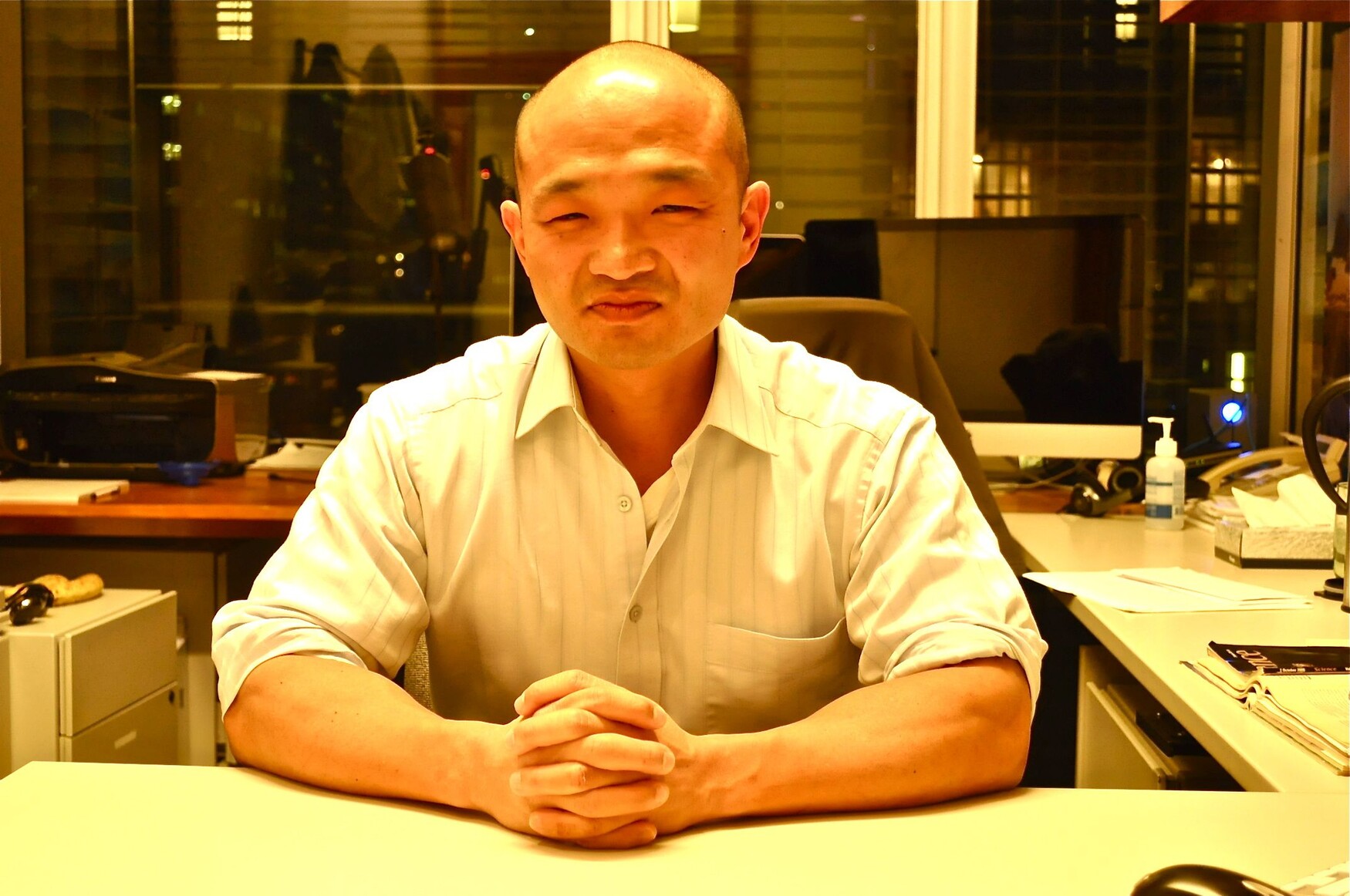Mobile Menu
-
Our Scientists
- Andrews, Brenda
- Angers, Stephane
- Attisano, Liliana
- Babaian, Artem
- Bader, Gary
- Blencowe, Benjamin
- Boone, Charles
- Brown, Grant
- Chan, Warren
- Fraser, Andrew
- Friesen, James (Professor Emeritus)
- Gilbert, Penney
- Gillis, Jesse
- Goeva, Aleksandrina
- Greenblatt, Jack
- Harrington, Lea
- Hughes, Timothy
- Kim, Philip M.
- Krause, Henry
- Montenegro Burke, Rafael (Rafa)
- Morris, John
- Morshead, Cindi
- Radisic, Milica
- Röst, Hannes
- Roth, Frederick (Fritz)
- Roy, Peter
- Ryu, William
- Sefton, Michael
- Shoichet, Molly
- Stagljar, Igor
- Taipale, Mikko
- van der Kooy, Derek
- Wang, Shu
- Wheeler, Aaron
- Yip, Christopher
- Zhang, Zhaolei
- Research
- Platforms
- Students
- Postdocs
- News
- Careers
- Events
- About Us


 Biologics are a type of drug that results from the high-tech manipulation of our own proteins, as opposed to more traditional drugs built from synthetic chemicals. Because of their success so far, scientists are racing to create new biologics – and now, a University of Toronto researcher has developed a way to make that process more powerful.
Biologics are a type of drug that results from the high-tech manipulation of our own proteins, as opposed to more traditional drugs built from synthetic chemicals. Because of their success so far, scientists are racing to create new biologics – and now, a University of Toronto researcher has developed a way to make that process more powerful.